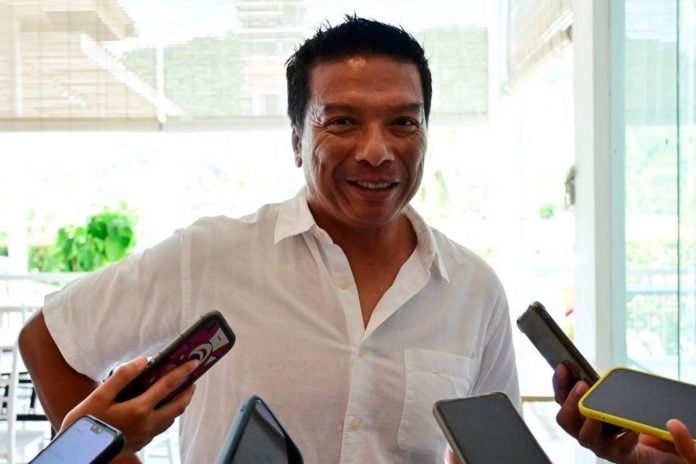HOSTING mega events such as the Formula One Grand Prix (F1 GP) is vital for Malaysia’s competitiveness and global standing, but bringing it back should only happen with a well-coordinated national strategy, said former Sepang International Circuit (SIC) chief Datuk Razlan Razali.
Razlan, who led SIC from 2008 to 2020, said the F1 GP should not be viewed merely as an annual RM300 million hosting expense, but as a long-term investment with broad economic returns.
“It is not just about the cost. It is about the economic impact a mega event brings. When we first brought the F1 GP in 1999, the purpose was to put Malaysia on the global map,” he told Bernama in a recent phone interview.
Malaysia hosted its first F1 GP race in 1999 and staged the event until 2017, when it withdrew due to rising costs and falling ticket sales.
At the time, Razlan and the SIC board recommended a five-year break. Since then, the F1 GP has been revitalised under Liberty Media and boosted in popularity by Netflix’s Drive to Survive.
“Now is the right time to reconsider, because the F1 GP is a stronger product now compared to 2017. But this depends on whether the government has the resources and a serious plan,” he said.
Youth and Sports Minister Hannah Yeoh recently ruled out bringing back the mega race event, citing the high costs, which she said could be used to fund athlete development programmes instead.
Razlan, however, said that the two should not be seen as competing priorities.
“Both can be done if you have the right resources and planning. Athlete development and the F1 GP are two different things, you invest in both,” he said.
He added that if Malaysia is serious about returning to the F1 GP, the effort must be government-led, coordinated across ministries and backed by an independent economic impact study.
“If you only go to the Ministry of Finance, the answer will always be no. But if there’s serious intent, it must be done properly with a clear return on investment and at least a five-year agreement,” he said.
While Malaysia has the iconic Sepang track and experience in staging world-class races, Razlan acknowledged the challenge of competing with Singapore’s efficiency.
Still, he believes Malaysia remains attractive to F1 GP organisers.
“International fans and drivers miss Sepang. The moment Malaysia is ready, Liberty Media will listen. At the end of the day, money talks, but it must be backed by intent and planning,” he said.
Currently, MotoGP is Malaysia’s biggest international sporting event, drawing more than 160,000 fans annually.
Meanwhile, Singapore has firmly cemented itself as a premier F1 GP destination, while Thailand is pursuing both F1 GP and MotoGP.
“We used to have both F1 GP and MotoGP. Now, compared to our neighbours, we are behind. If Malaysia wants to stay competitive, mega international events must be part of our tourism and economic strategy. Otherwise, we risk being left behind,” Razlan said.
He added that while many Malaysians still miss the thrill of the F1 GP, nostalgia should not dictate the decision.
“It is a great event and Sepang offers good racing and spectacle. But the most important thing is implementation; it must be done correctly,” he said. – Bernama







